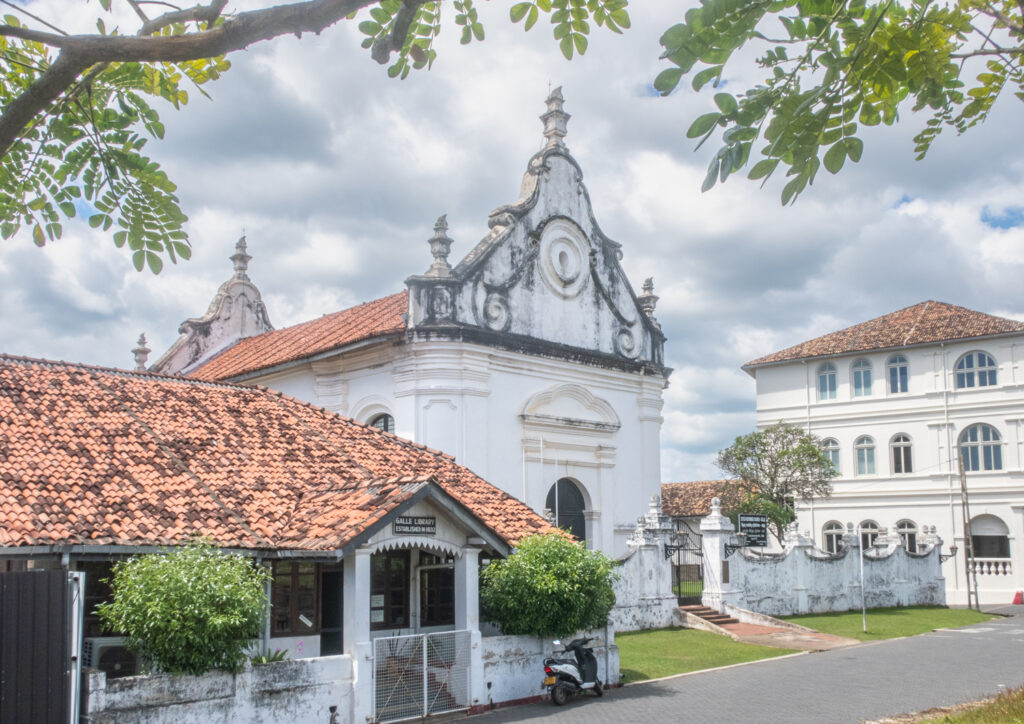Dutch Reformed Church, Galle: A Glimpse into Colonial Sri Lanka
Overview: The Dutch Reformed Church in Galle, established in 1755, is a distinguished historical landmark that offers a fascinating insight into Sri Lanka’s colonial past. Nestled within the walls of the Galle Fort—a UNESCO World Heritage Site—this church exemplifies the architectural and cultural influence of the Dutch colonial era in Sri Lanka. Its well-preserved structure serves as a testament to the rich history of Dutch religious and colonial heritage on the island.






Why Visit: The Dutch Reformed Church is a must-visit for those interested in colonial history and architecture. It provides a unique opportunity to explore the Dutch influence on Sri Lankan religious and cultural life. The church’s well-preserved architectural elements and historical gravestones offer a captivating glimpse into the colonial era, making it a valuable site for history enthusiasts and those interested in exploring Sri Lanka’s rich cultural heritage.



The Dutch Reformed Church in Galle stands as a poignant symbol of Sri Lanka’s colonial history, offering a remarkable window into the past through its architectural elegance and historical gravestones. Its location within the Galle Fort, coupled with its historical significance, makes it an essential destination for those exploring Sri Lanka’s rich colonial heritage.



This is the official website of the Ministry of Tourism, Republic of Indonesia. The contents listed on this website are intended for informational purposes rather than commercial. Any displayed sale is meant as a token of partnership and will always redirect you to our partners’ sites.